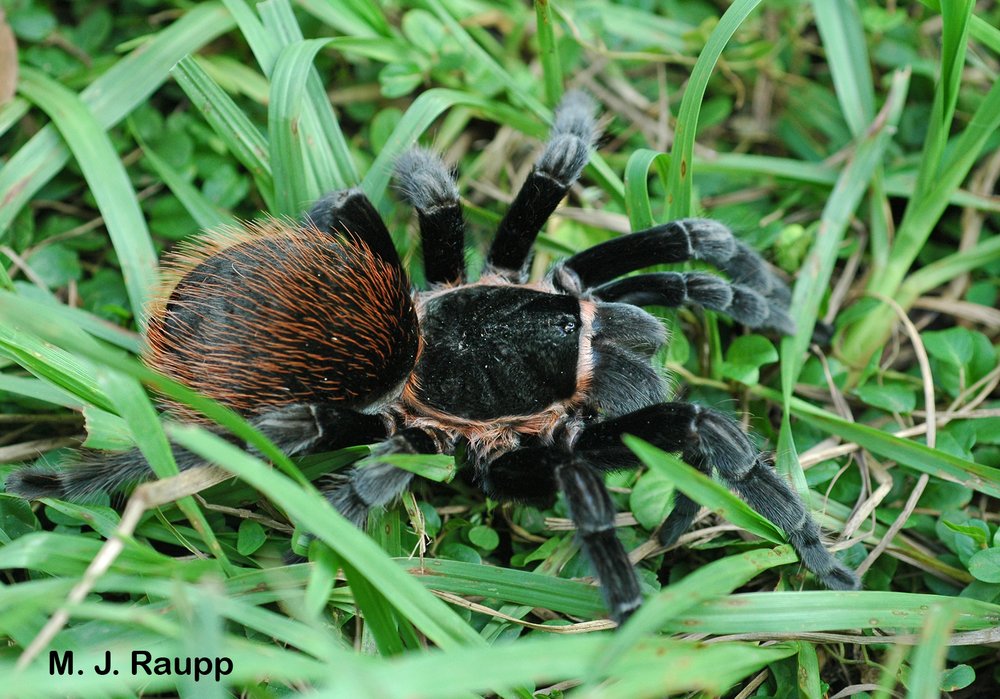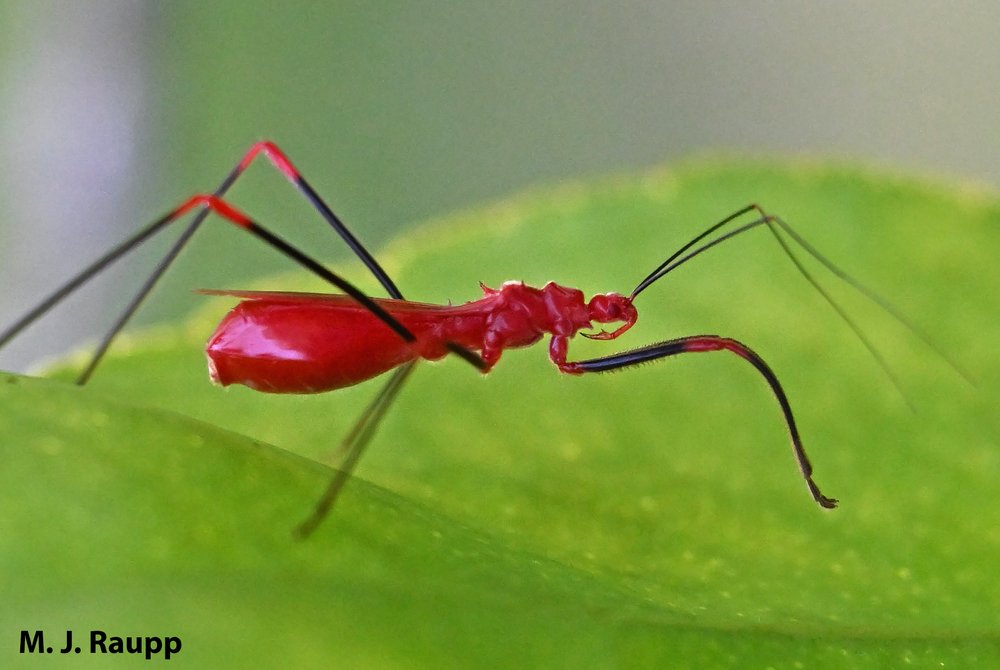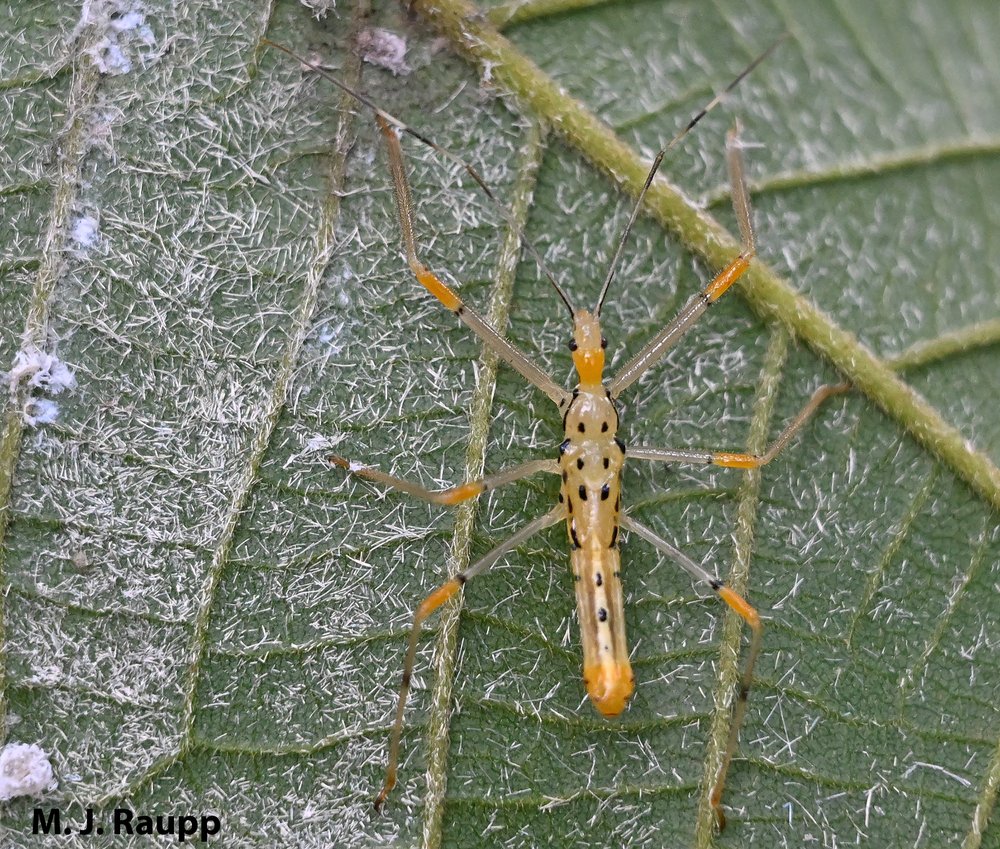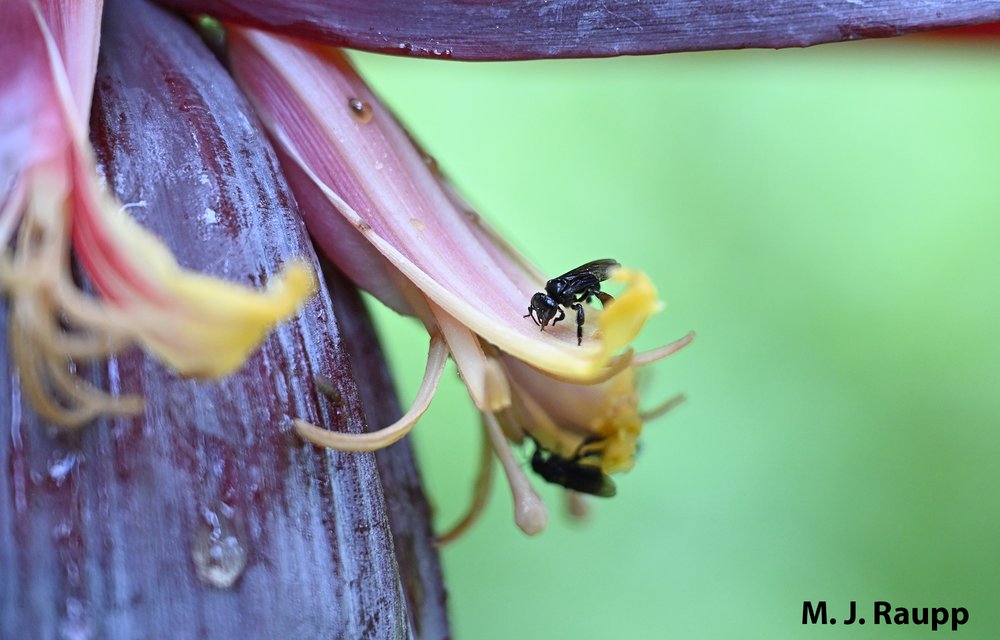Spooky eyes on the Stygian rainforest floor: Headlight beetles, fire beetles, Pyrophorus spp.
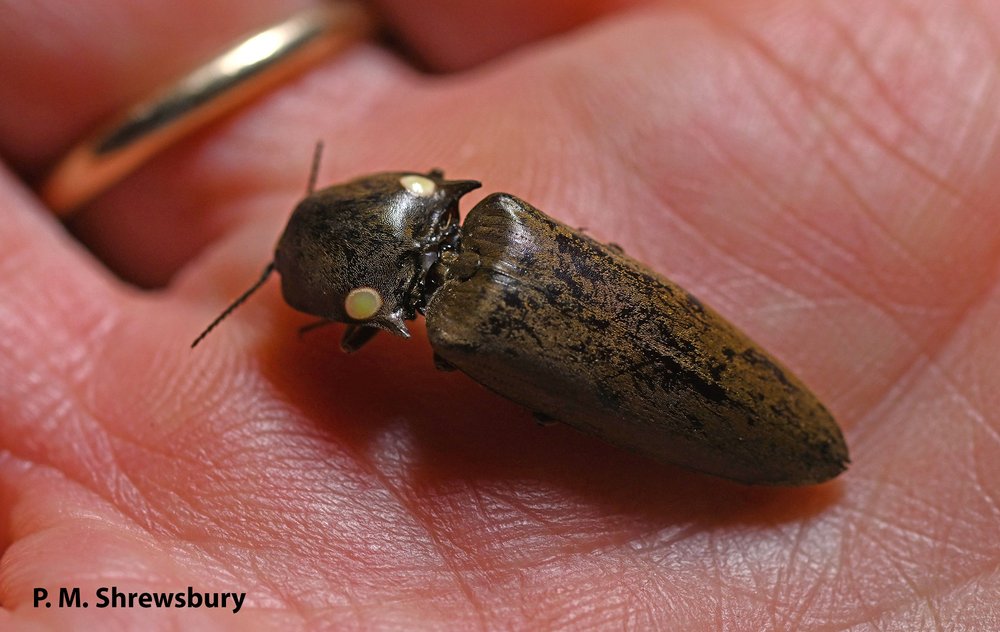
Two whiteish patches on the pronotum of the headlight beetle contain specialized cells called photocytes. Reactions in the photocytes produce the beetle’s eerie greenish bioluminescence, reputed to be the brightest light in the insect world. Image: Paula M. Shrewsbury, UMD
Over the past several weeks we’ve escaped the freezing weather of the DMV and traveled to the steamy rainforests of Belize to visit busy stingless bees, fierce assassin bugs, and oversized, friendly tarantulas roaming the landscapes of the Mayans. But what could be more fun than a nighttime visit to the untamed rainforest at the Toucan Ridge Ecology and Education Center with the hope of glimpsing an ocelot or maybe even a jaguar? While looking for cats along a treelined trail, we noticed ethereal lights gliding through the dense canopy of the rainforest. These were not the more or less stationary flashes of our local fireflies engaged in the mating game. Oh no, these bioluminescent creatures had lights full on and were clearly going somewhere in a hurry. When asked about the identity of these spectral fliers, our guide declared them to be headlight beetles. What? I’ve seen lots of beetles and other bugs stuck to headlights of cars, but headlight beetles, really?
Strange creatures can be seen on a nighttime adventure through the tropical rainforest of Belize. As we walked along a trail looking for jaguars, we were confronted by a pair of tiny headlights coming at us on the forest floor. The headlights belong to click beetle known as the headlight beetle or fire beetle. Bioluminescent organs on its thorax produce an ethereal greenish light thought to be the most brilliant in the insect world. Headlight beetles are kin to fireflies like the ones we met in previous videos. A remarkable chemical reaction in specialized cells called photocytes produces light with virtually no heat. How cool is that?
Our search for large cats continued and although we never spotted a jaguar or an ocelot, Lady Luck smiled on us when a tiny pair of greenish headlights appeared on the trail and were headed our way. Head lamps and cell phone lights revealed a startling click beetle bearing a pair of phosphorescent “headlights” on the trailing edge of its prothorax, the first thoracic segment just behind the head. Bioluminescence of headlight beetles originates from a chemical reaction also found in its cousin the firefly, a.k.a. lightning bug, we met in previous episodes. The miracle of their eerie greenish-yellow light comes from a remarkable chemical reaction in cells lining specialized light organs found in the beetle’s thorax and abdomen. Cells called photocytes contain a chemical, luciferin, a compound that can absorb and store energy from UV light. Luciferin breaks down in the presence of oxygen with the help of an enzyme called luciferase. The breakdown product, dioxetane, is unstable and decomposes into carbon dioxide and ketones. This decomposition releases energy that is emitted as a burst of light. How cool is that! Unlike incandescent light bulbs in our homes, this process is so efficient that almost no heat accompanies the light. Flashes of lightning bugs and headlight beetles are termed cold light. The larvae of the headlight beetle, like glow-worms, the larvae of its firefly cousins here in the DMV, also produce light.

Atop the great pyramid at the Mayan site of Xunantunich mysterious forces from the past make visitors do strange things.
The eerie light we witnessed gliding through the rainforest canopy was actually light emitted from the light organ on the abdomen of the headlight beetle. These organs are exposed when the beetle opens its wings and takes flight. One species of fire beetle, Pyrophorus noctilucus, is locally known as the Cucujo. Its bioluminescent light is purported to be the brightest of its kind in the world. Historical accounts claim that indigenous people in the tropics would tie Cucujos to their big toes to help light their path on nocturnal journeys. Another story has it that “a dozen of these beetles placed in a perforated gourd sufficed as a reading lamp.” Now that’s one enlightening tale.
Acknowledgements
We thank Drs. Dan Gruner and Paula Shrewsbury, the hearty crew of BSCI 339M: Tropical Biology and Maya Culture, and our fearless guides Mark and Wilson at T.R.E.E.S. for providing the inspiration for this episode. Fascinating articles including “A new orange emitting luciferase from the Southern-Amazon Pyrophorus angustus (Coleoptera: Elateridae) click-beetle: structure and bioluminescence color relationship, evolutional and ecological considerations” by Danilo T Amaral, Gabriela Oliveira, Jaqueline R Silva, and Vadim R Viviani, “Latin American Insects and Entomology” by Charles L. Hogue, and “Bioluminescent beasties” by Kit Chapman were consulted to prepare this episode.
This post appeared first on Bug of the Week


